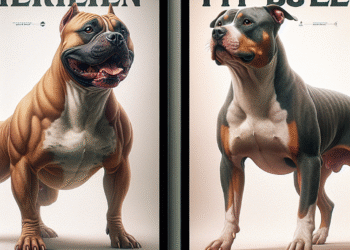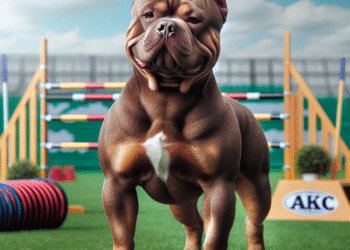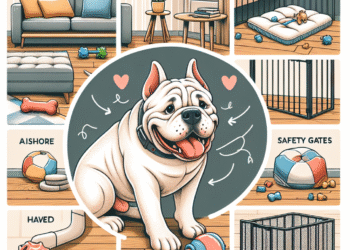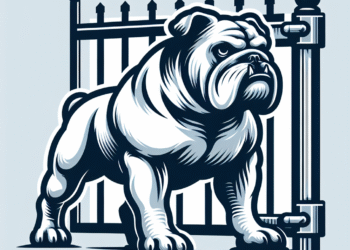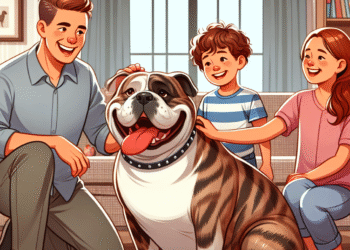When it comes to American Bullies, enthusiasts often find themselves torn between two popular varieties: the Pocket Bully and the Classic Bully. Both breeds boast impressive physical traits, charming personalities, and a strong loyalty to their families, but they differ significantly in size, appearance, and temperament. Understanding these distinctions can help prospective owners make an informed decision about which type of bully best fits their lifestyle.
Understanding the American Bully Breed
The American Bully is a relatively new breed, officially recognized by the American Bully Kennel Club (ABKC) in the late 1990s. Developed from the American Pit Bull Terrier, the breed was designed to be a family-friendly companion with a sturdy build and a loving demeanor. Within the American Bully category, several variations exist, including the Standard, Classic, Extreme, and Pocket. While all share core characteristics, the differences between the Pocket and Classic varieties are particularly notable.
Size Differences
Pocket Bullies
As the name suggests, Pocket Bullies are compact and muscular, typically standing between 10 to 14 inches at the shoulder. Weighing between 30 to 60 pounds, they have short, stocky frames and an overall robust appearance. Their compact size makes them an appealing choice for city dwellers or individuals with limited living space.
Classic Bullies
In contrast, Classic Bullies are larger, typically ranging from 14 to 20 inches in height and weighing between 60 to 80 pounds. While still muscular and athletic, they have a more traditionally balanced bully appearance, with wider heads and thicker necks. This variety is well-suited for those with spacious homes, as they require more room to move and play.
Appearance and Physical Characteristics
Pocket Bullies
Pocket Bullies are characterized by their squatted stature, which gives them a unique, almost toy-like appearance. Their compact bodies are well-proportioned, with a broad chest, short back, and powerful legs. They often showcase a variety of color patterns, from solid shades to brindles. Despite their small size, they exude confidence and strength.
Classic Bullies
Classic Bullies possess a more elongated body structure, maintaining a broad, muscular build without the extreme shortness of the Pocket variant. Their heads are typically wider, with pronounced cheek muscles and a strong jaw. The breed’s coat is short, smooth, and sleek, making it easy to maintain. Classic Bullies also come in a multitude of colors, often flaunting striking combinations that highlight their muscular physique.
Temperament and Behavior
Pocket Bullies
Pocket Bullies are known for their affectionate nature and strong desire to please their owners. Their smaller size often leads to a more playful and energetic demeanor, making them excellent companions for families with children. However, like any dog, they require proper training and socialization to ensure they develop well-rounded temperaments.
Classic Bullies
Classic Bullies tend to exhibit a calm and confident disposition. They are loyal and protective of their families, often forming strong bonds with household members. Their larger size allows them to act as effective guardians, making them suitable for families looking for a protective yet gentle companion. They also thrive on regular exercise and mental stimulation, ensuring they remain well-balanced and happy.
Health Considerations
Both Pocket and Classic Bullies are generally healthy breeds, but they can be prone to certain genetic issues such as hip dysplasia and skin conditions. Pocket Bullies, particularly, may experience health complications related to their size, including joint problems and breathing difficulties, necessitating careful monitoring from owners. Regular vet check-ups and a healthy diet are essential for both varieties.
Choosing the Right Bully for You
When deciding between a Pocket Bully and a Classic Bully, it’s crucial to consider your lifestyle and living situation. Pocket Bullies may be more suited for small apartments or homes with limited outdoor space, while Classic Bullies thrive in larger environments. Additionally, prospective owners should assess their ability to dedicate time to socialization and training, as well as their willingness to engage in regular exercise.
Conclusion
Both the Pocket and Classic Bullies offer unique traits and temperament that cater to various lifestyles. Understanding their physical characteristics, behavior, and health needs can pave the way for a rewarding companionship with these loyal and loving dogs. As with any breed, the best choice ultimately comes down to personal preference and readiness to provide a stable and nurturing environment for your new furry friend. Regardless of size, each bully is a testament to the love and loyalty that the American Bully breed embodies.




